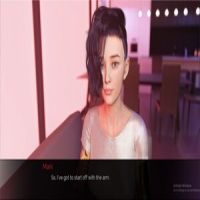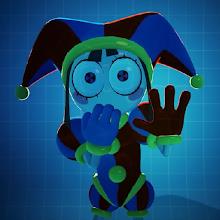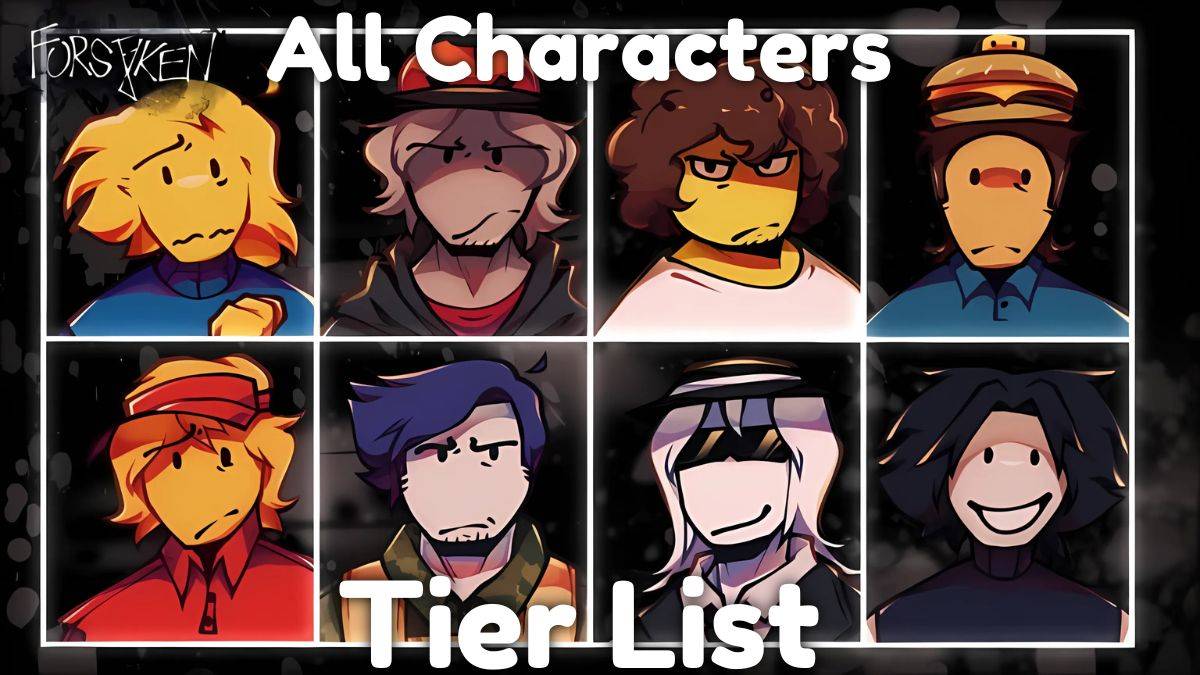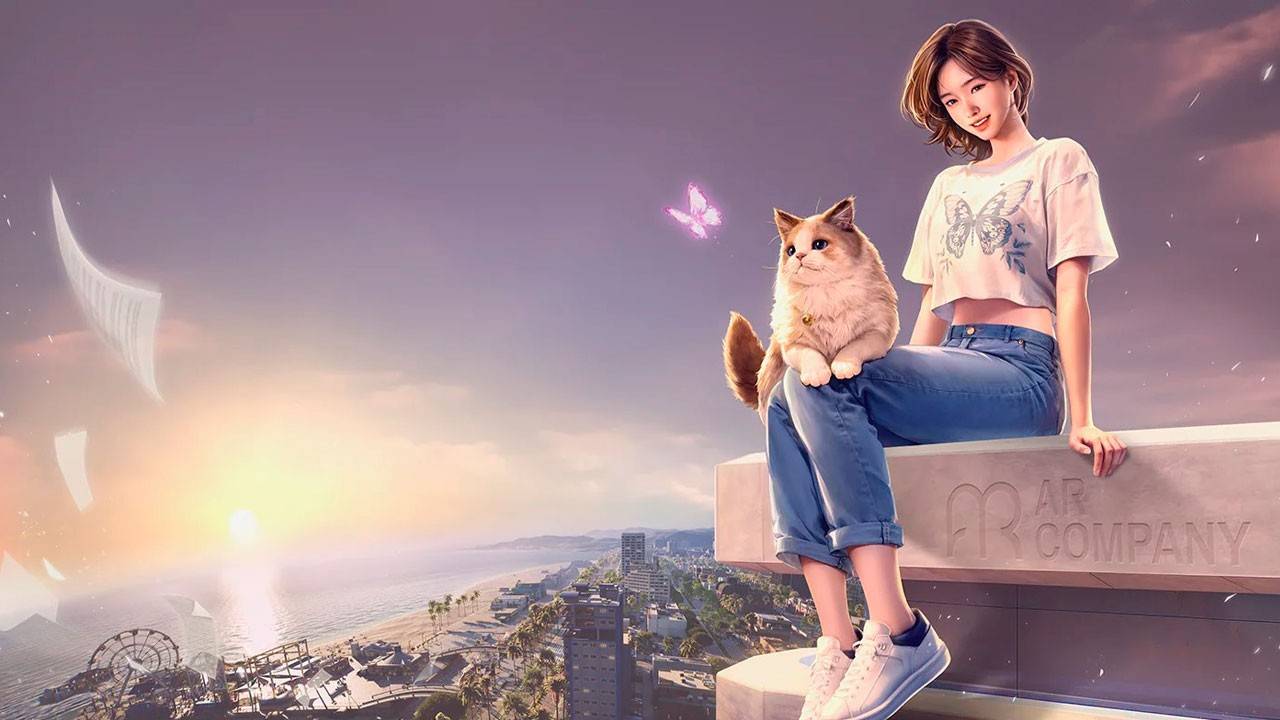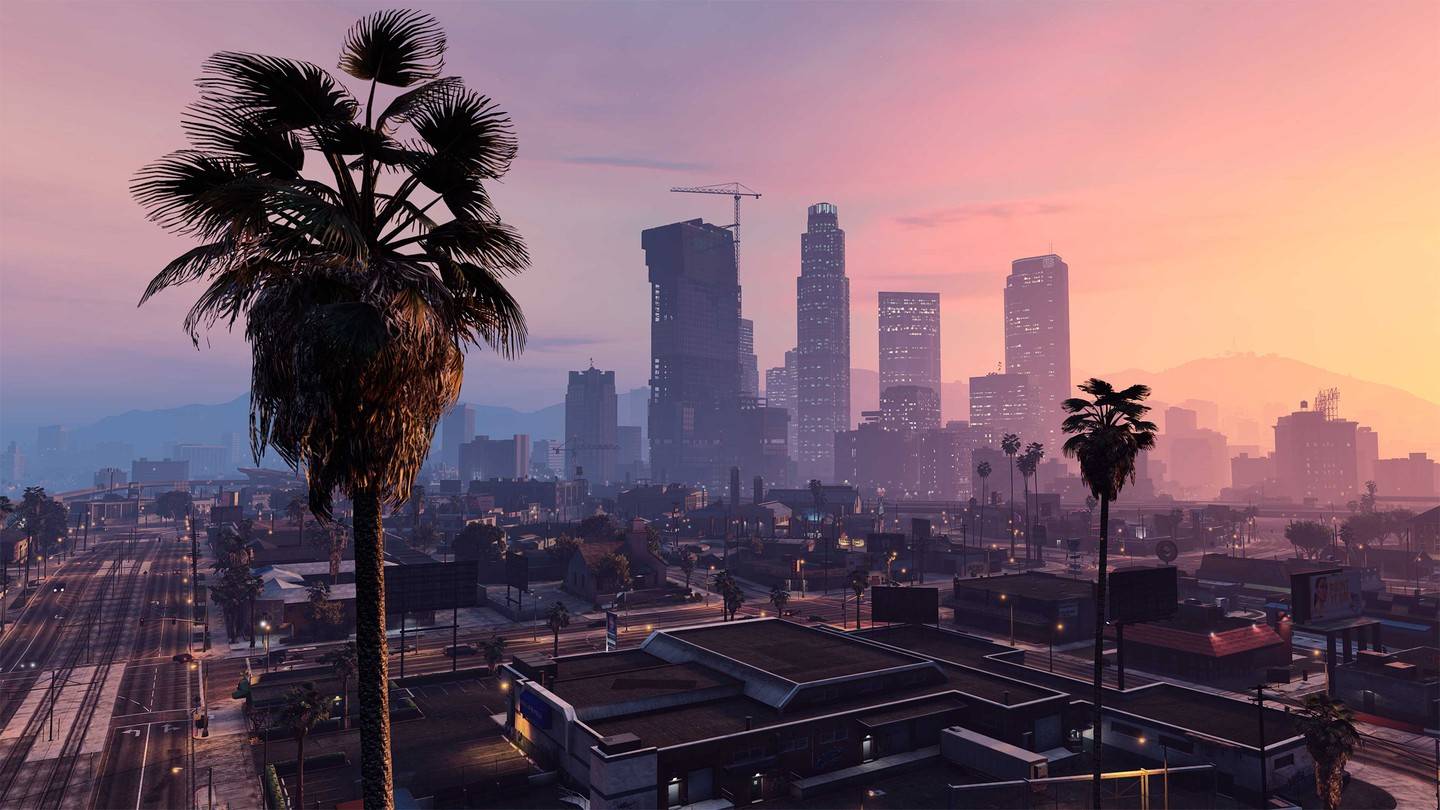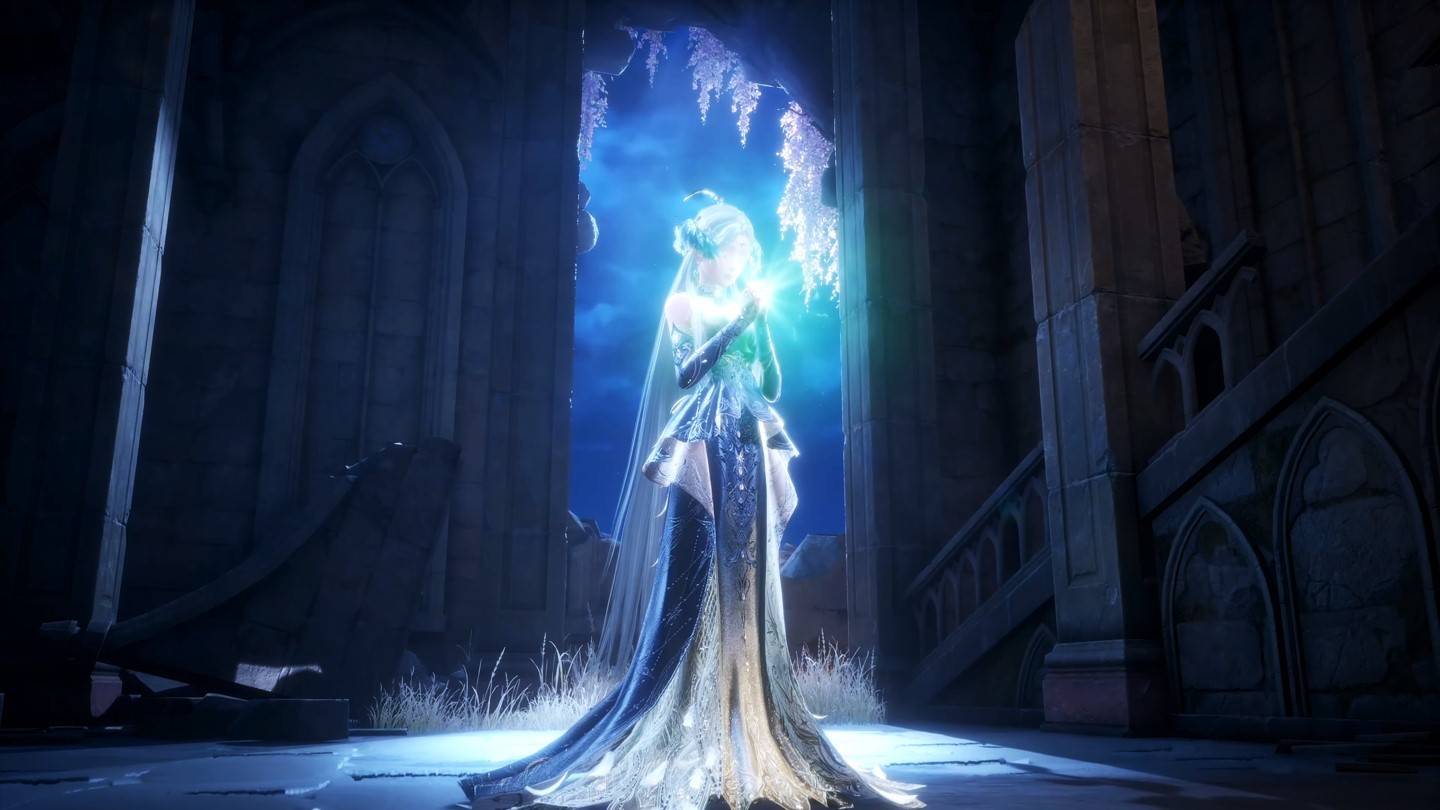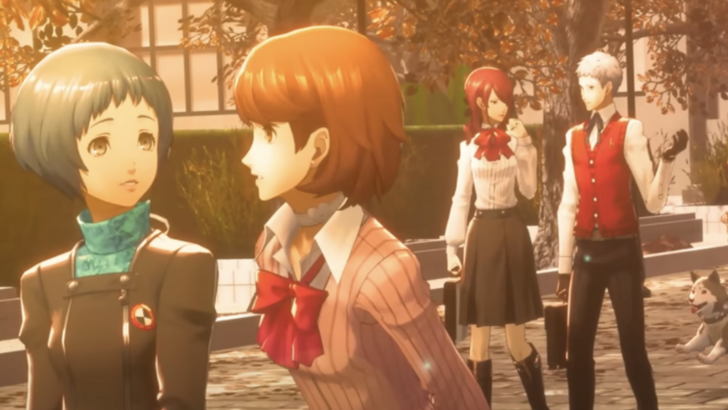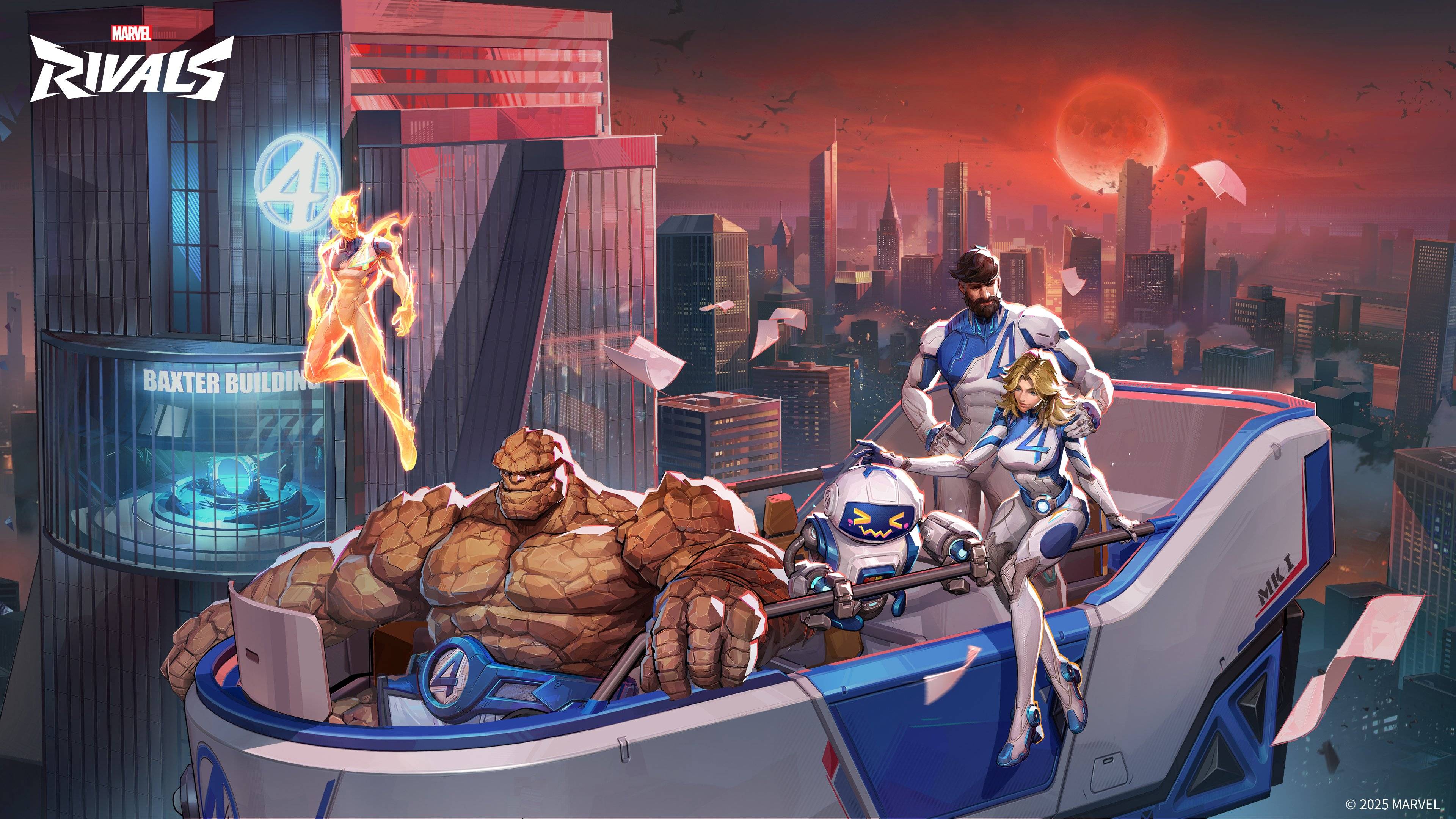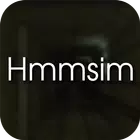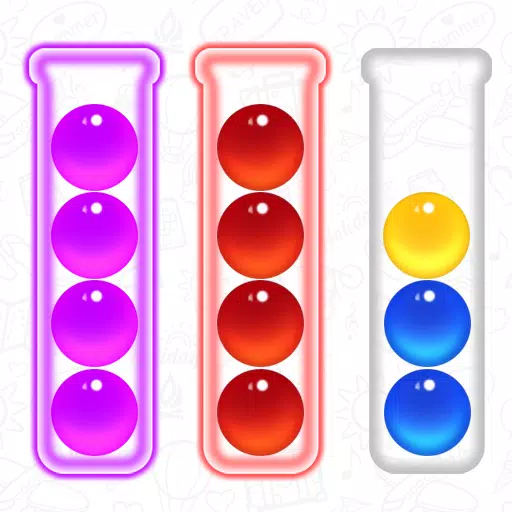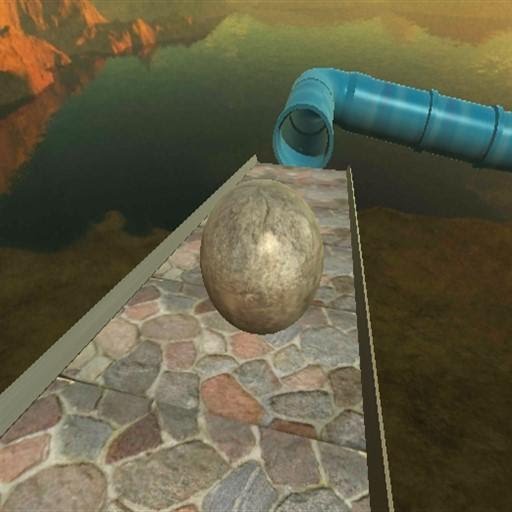Nvidia Boosts Nintendo Switch 2 Graphics by 10x with Custom GPU
As Nintendo had teased, Nvidia has now shed some light on the custom GPU powering the Nintendo Switch 2, though the details provided have left tech enthusiasts wanting more. In a recent blog post, Nvidia confirmed earlier reports from IGN and Nintendo, revealing that the GPU supports AI upscaling via DLSS (Deep Learning Super Sampling) and ray tracing. DLSS is an innovative AI-powered technology that uses machine learning to upscale lower-resolution images in real-time, significantly enhancing both performance and visual quality in games.
Nvidia described the Switch 2's GPU as a "custom Nvidia processor featuring an Nvidia GPU with dedicated RT Cores and Tensor Cores for stunning visuals and AI-driven enhancements." They emphasized the extensive effort behind the Switch 2, mentioning "1,000 engineer-years" dedicated to everything from system and chip design to custom GPU, APIs, and development tools. These efforts have resulted in major upgrades for the console, including support for up to 4K gaming in TV mode and up to 120 FPS at 1080p in handheld mode, as well as HDR and AI upscaling to improve visuals and gameplay smoothness.
The new RT Cores enable real-time ray tracing, which enhances game environments with lifelike lighting, reflections, and shadows. Meanwhile, the Tensor Cores power AI-driven features like DLSS, boosting resolution and detail without compromising image quality. Additionally, these cores support AI-powered face tracking and background removal in video chat scenarios, enhancing the social gaming and streaming experience.
During the Nintendo Direct, Nintendo introduced the C button, a new feature for chat functionality that uses an external camera and the Switch 2's built-in microphone. The technology is designed to focus on the player’s voice while filtering out background noise, showcasing the smart capabilities of the new console.
Nvidia boldly claimed that the Nintendo Switch 2 offers "10x the graphics performance of the Nintendo Switch," promising smoother gameplay and sharper visuals. However, specifics on how this performance metric was calculated were not provided, leaving it to experts like Digital Foundry to analyze once the Switch 2 launches in June.
Nintendo Switch 2 System and Accessories Gallery
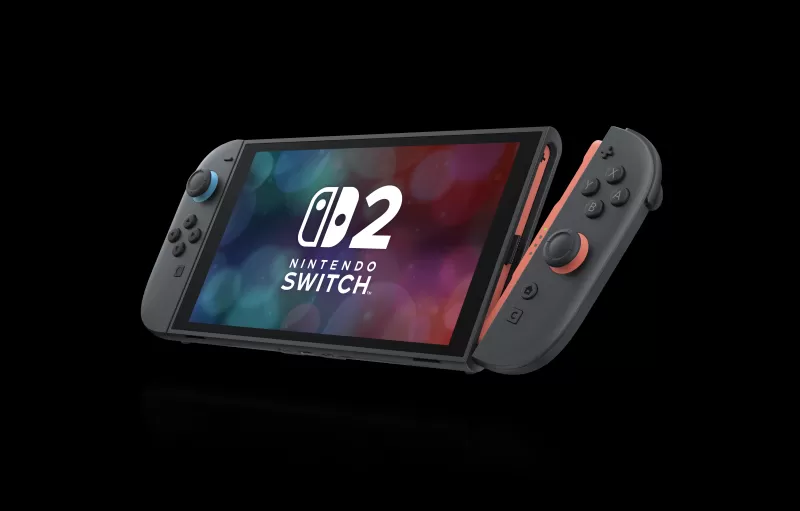
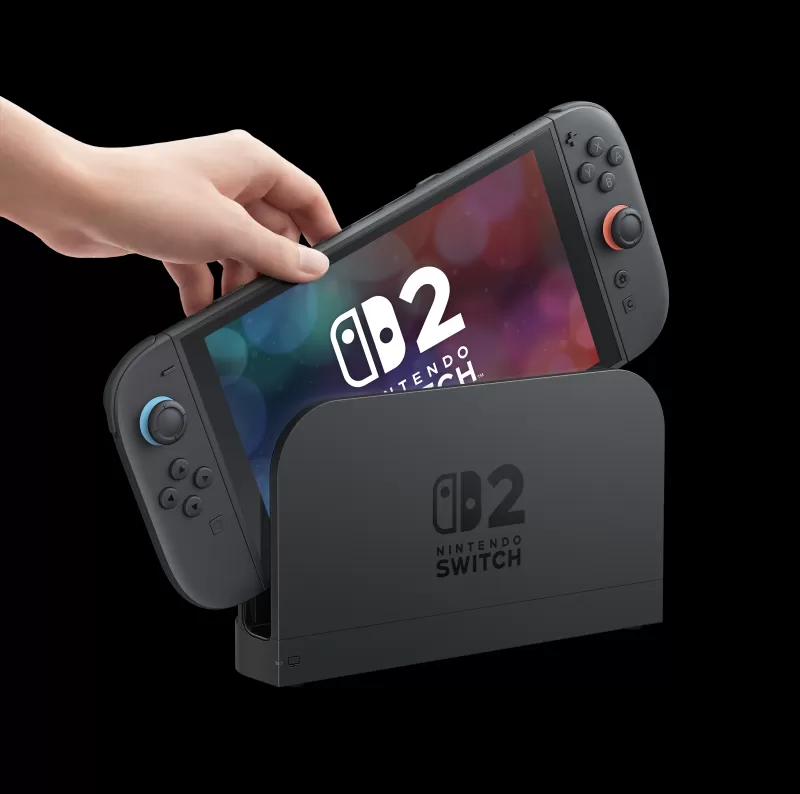 91 Images
91 Images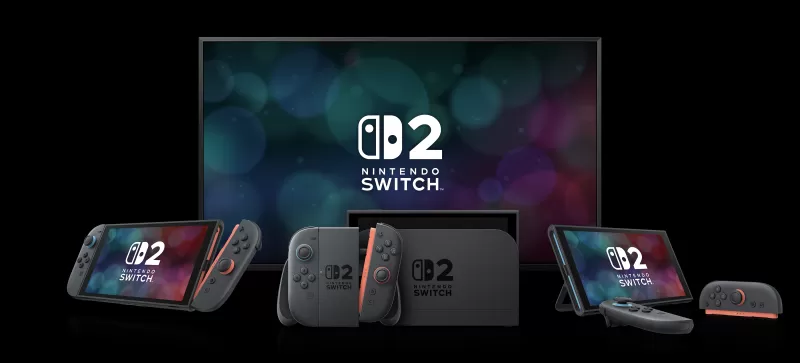
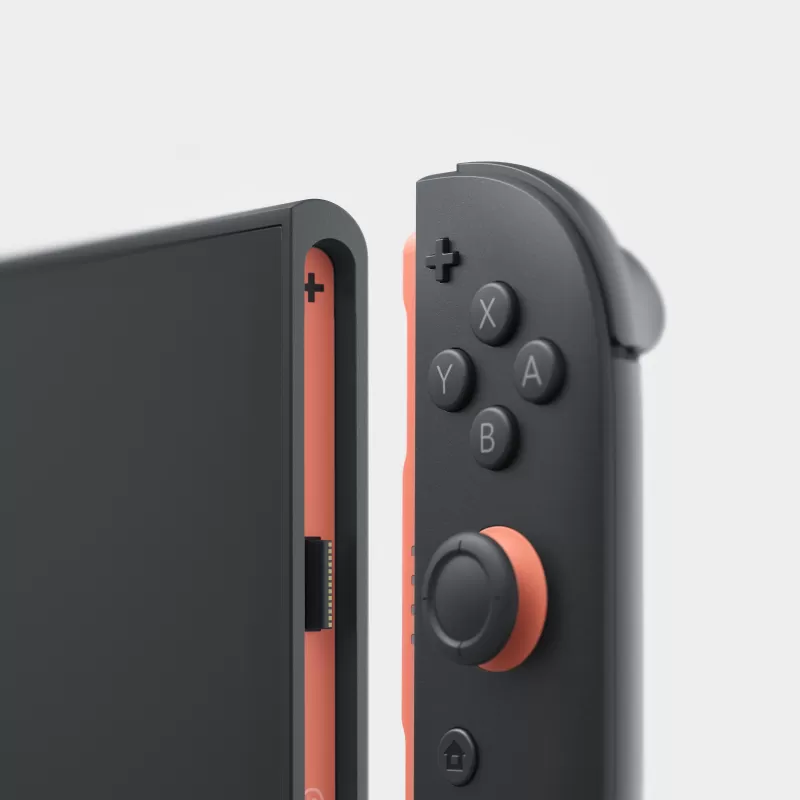
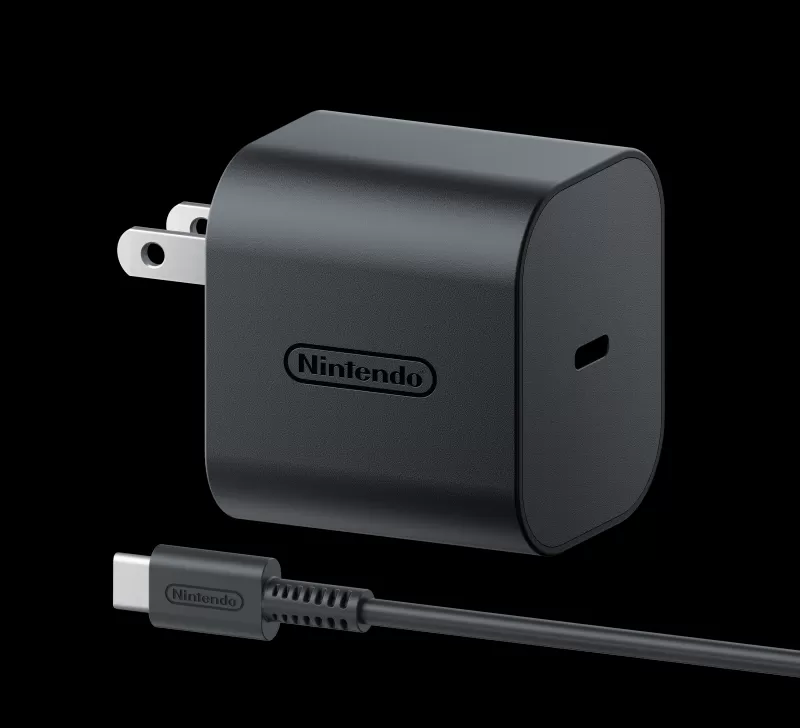

Nvidia also highlighted that the Tensor Cores enhance AI-powered graphics while maintaining efficient power consumption, and the RT Cores improve in-game realism with dynamic lighting and natural reflections. The console also supports Variable Refresh Rate (VRR) via Nvidia G-SYNC in handheld mode, ensuring ultra-smooth, tear-free gameplay.
In a hardware-focused roundtable Q&A in New York, attended by IGN, Nintendo representatives confirmed the use of DLSS in the Switch 2 but remained vague on specifics such as the version of DLSS used or any customizations made for the console. They were similarly non-committal about the GPU's ray tracing capabilities.
Tetsuya Sasaki, General Manager at Nintendo’s Technology Development Division, and Senior Director at its Technology Development Department, explained that Nintendo prefers not to delve deeply into hardware specifications. "Nintendo doesn't share too much on the hardware spec," he stated. "What we really like to focus on is the value that we can provide to our consumers. But I do believe that our partner Nvidia will be sharing some information."
AnswerSee ResultsIn January, a patent filed in July 2023 but published earlier this year was discovered, describing AI image upscaling technology that could help maintain smaller video game download sizes while providing up to 4K textures on physical game cartridges.
For more information, explore everything announced at the Switch 2 Nintendo Direct, and learn what the experts have to say about the Switch 2 price and Mario Kart World’s $80 price tag.
Latest Articles






